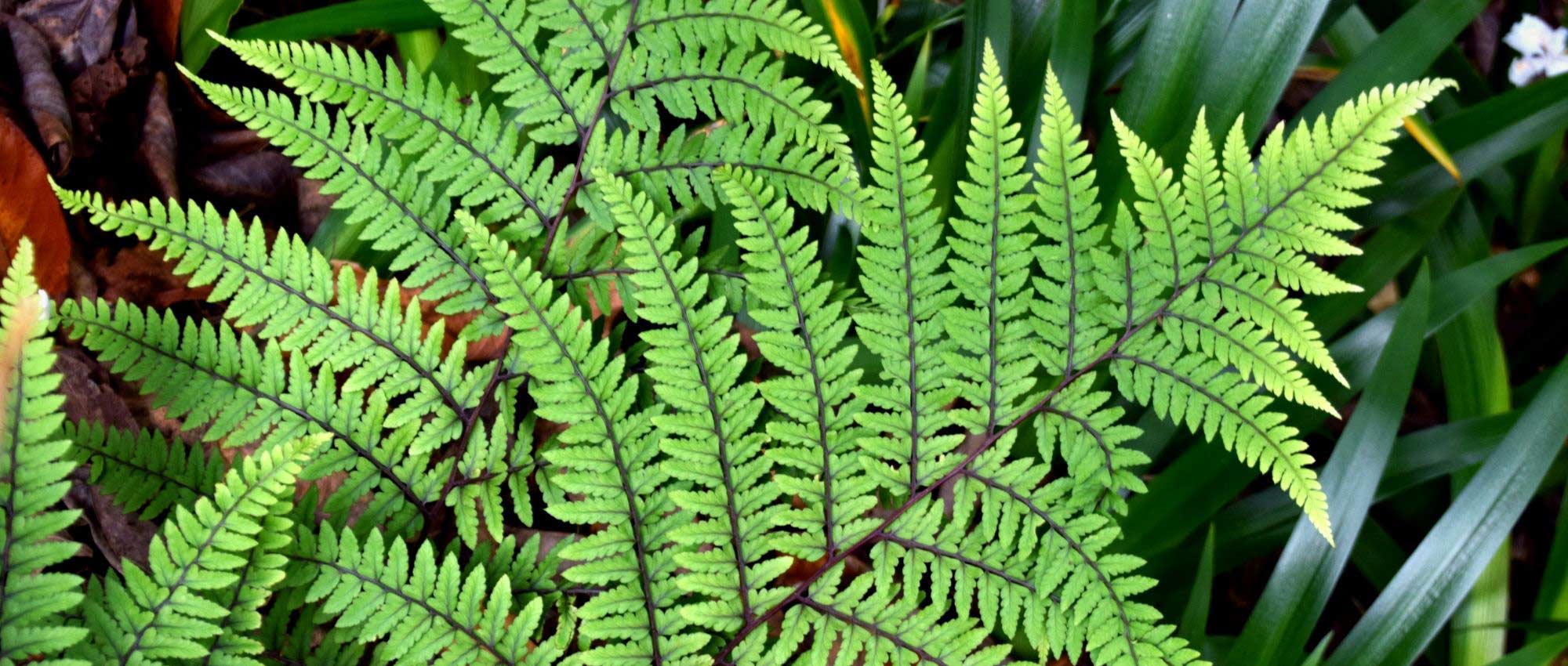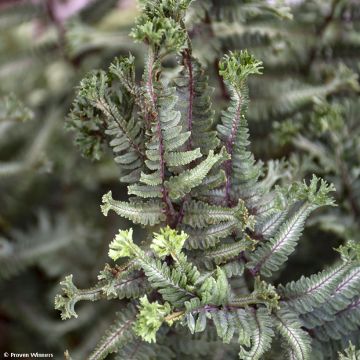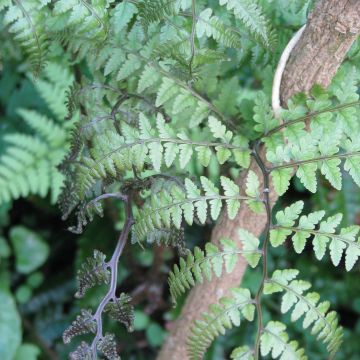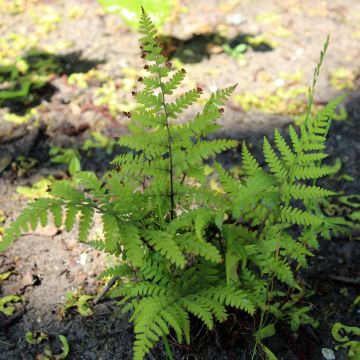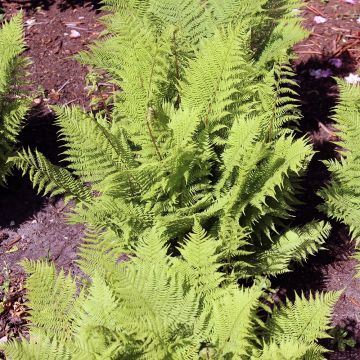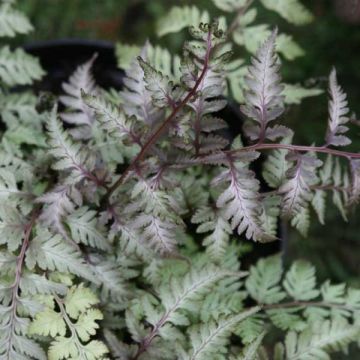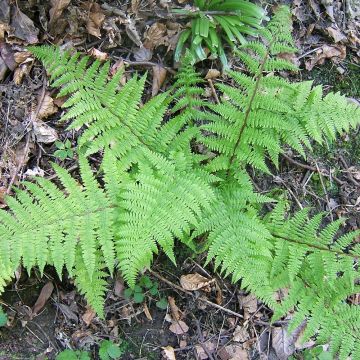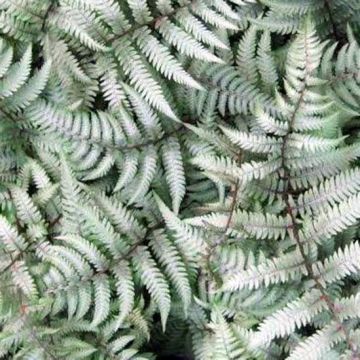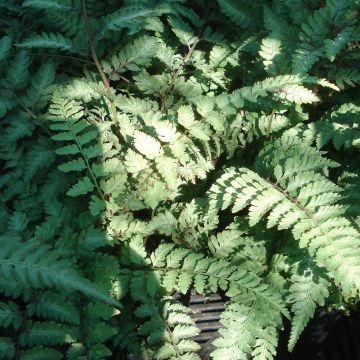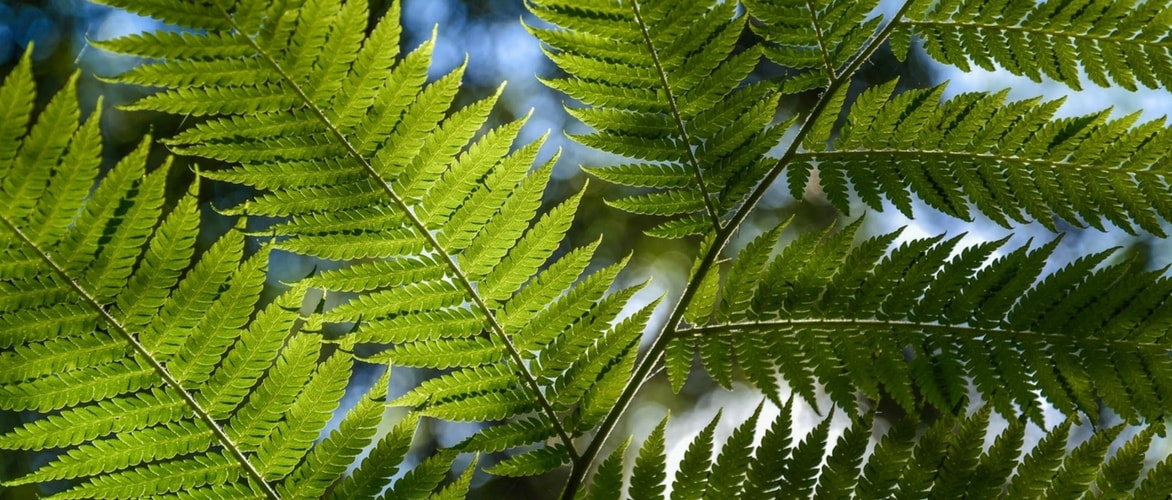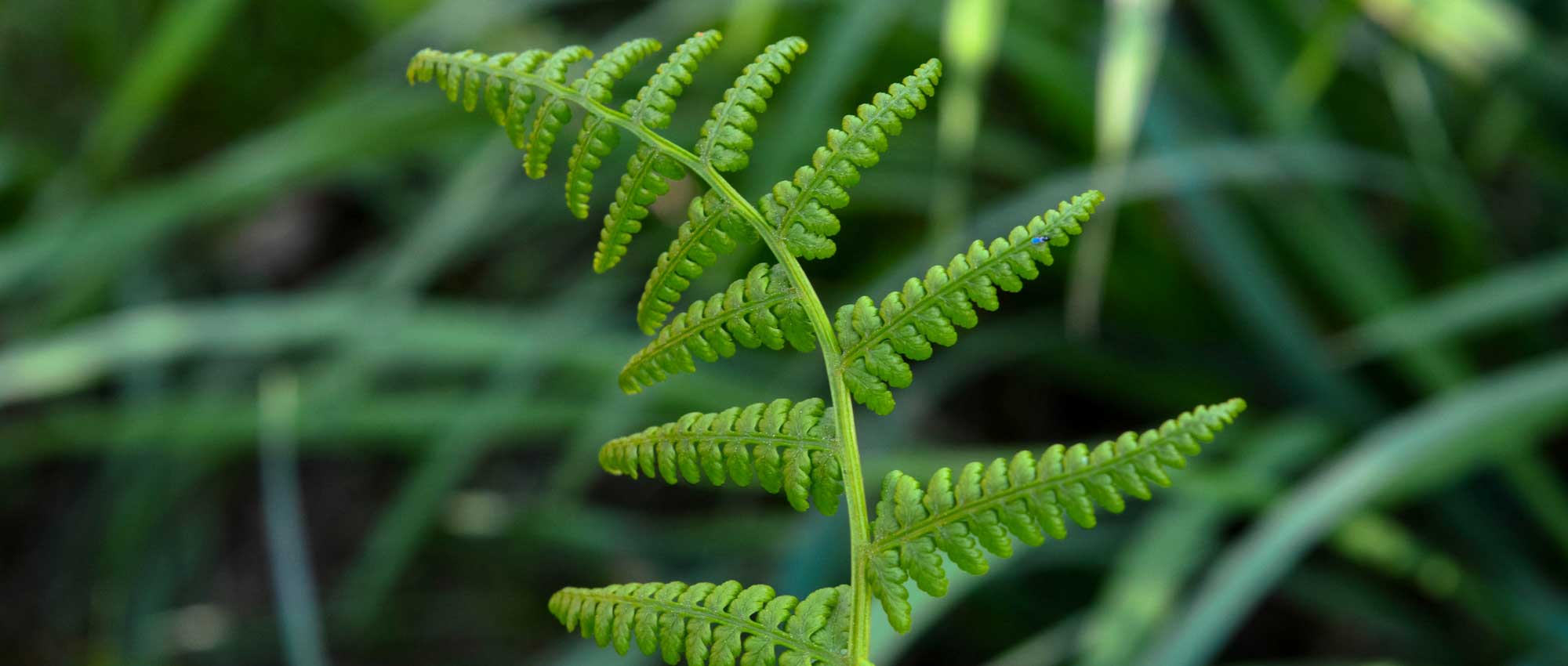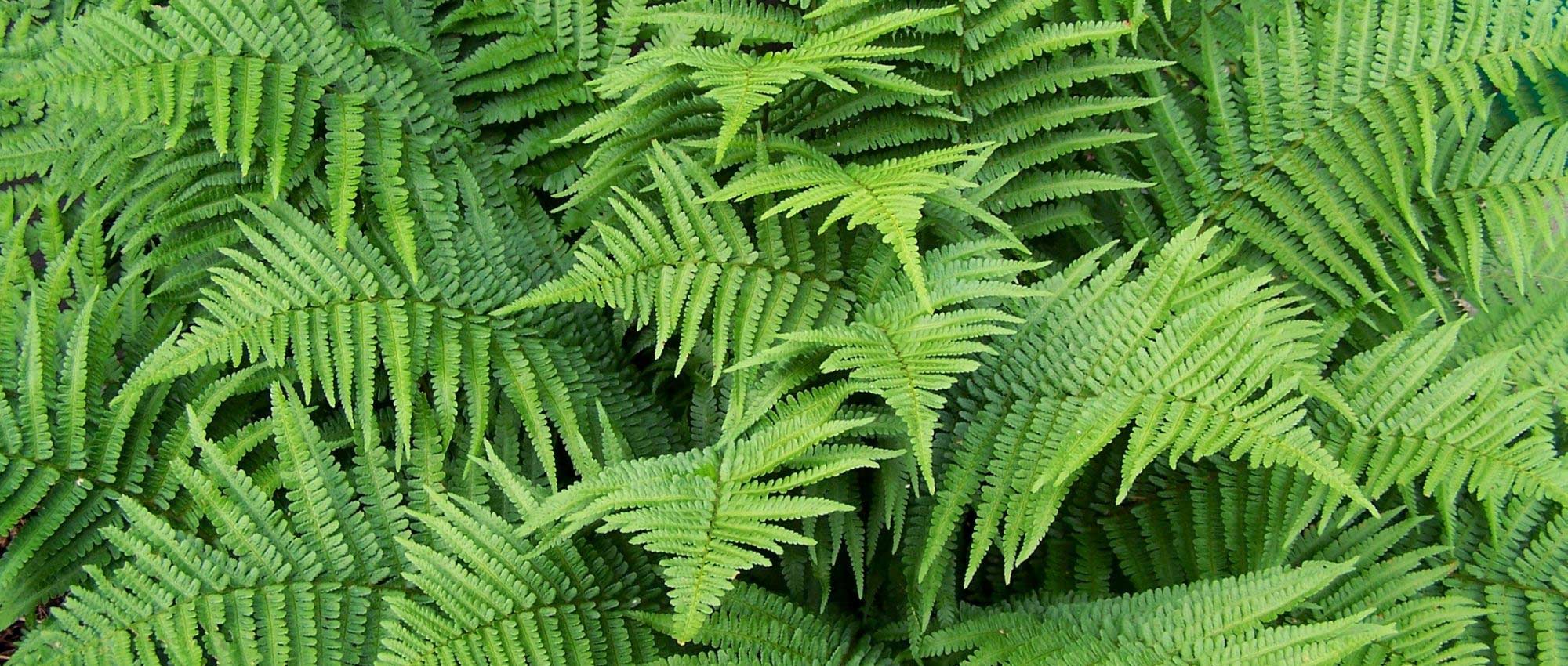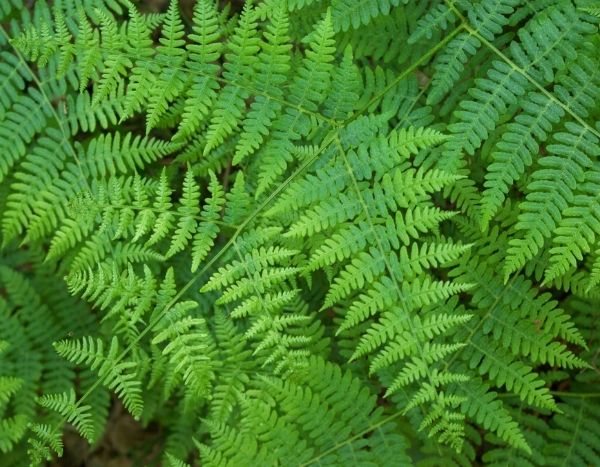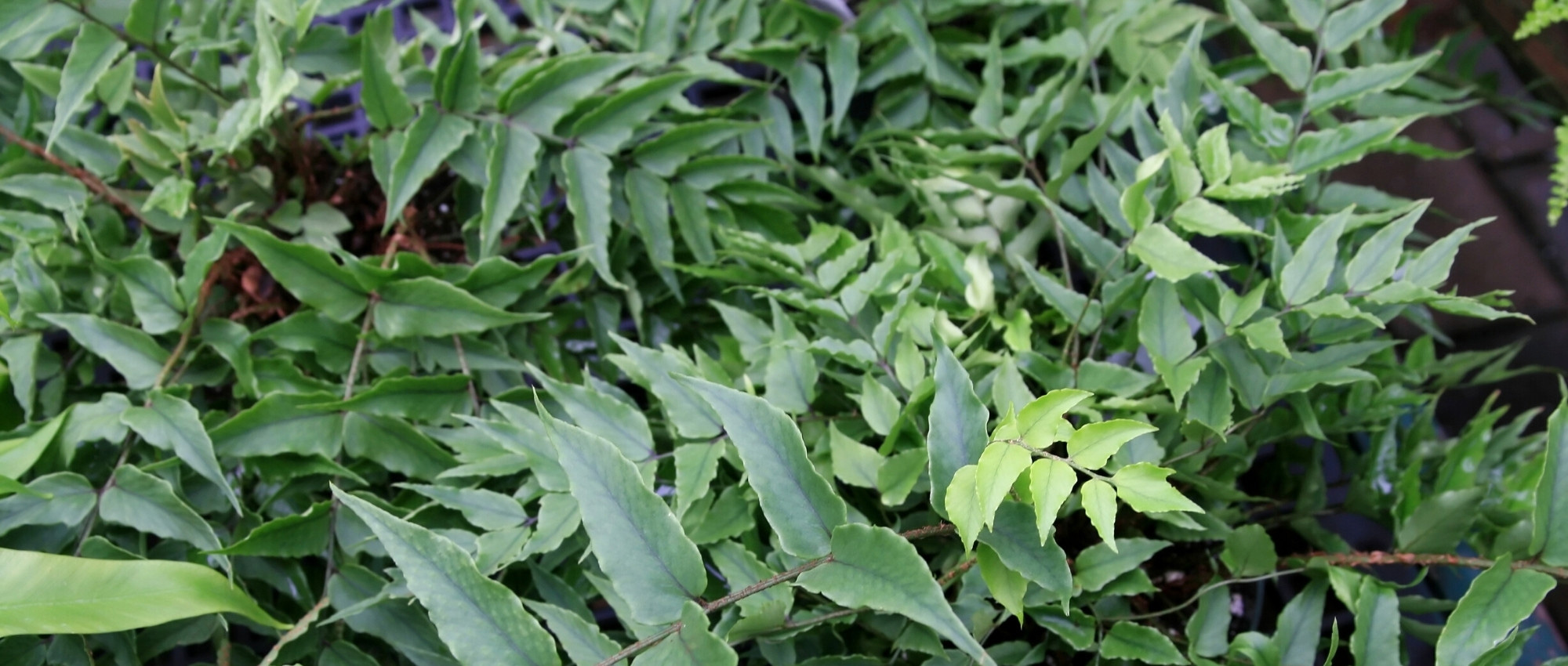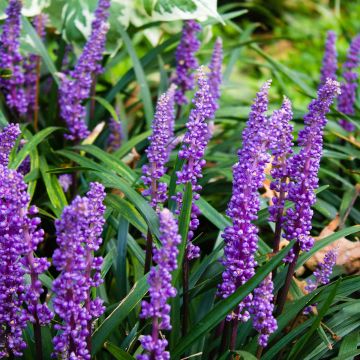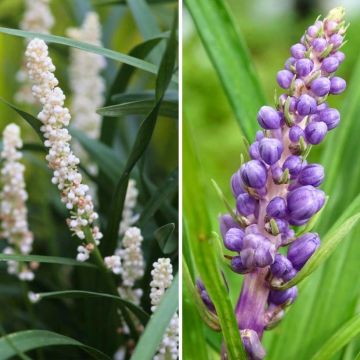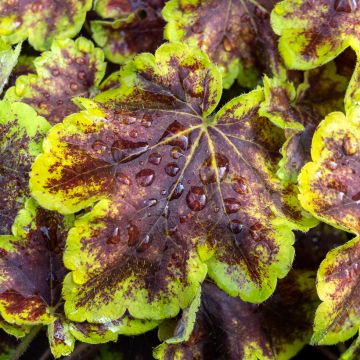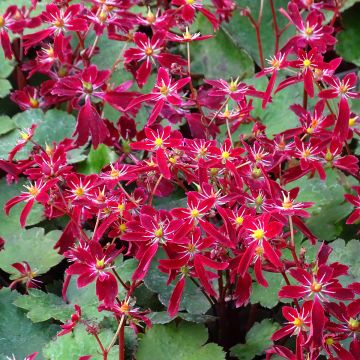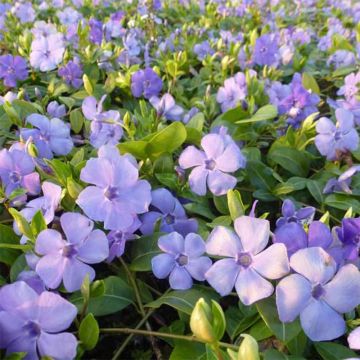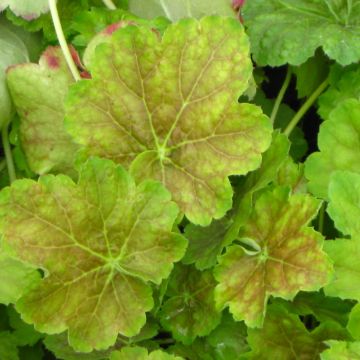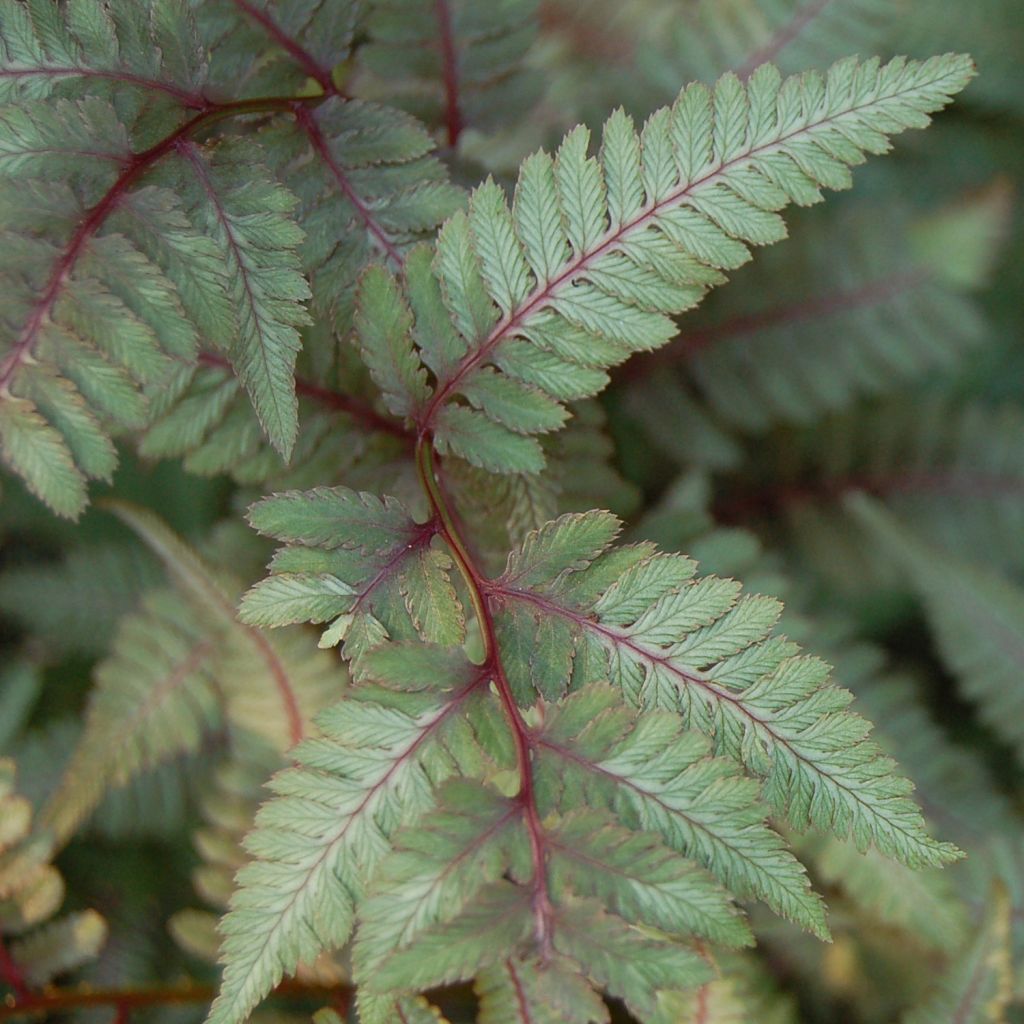

Athyrium niponicum var. pictum Red Beauty - Painted Fern
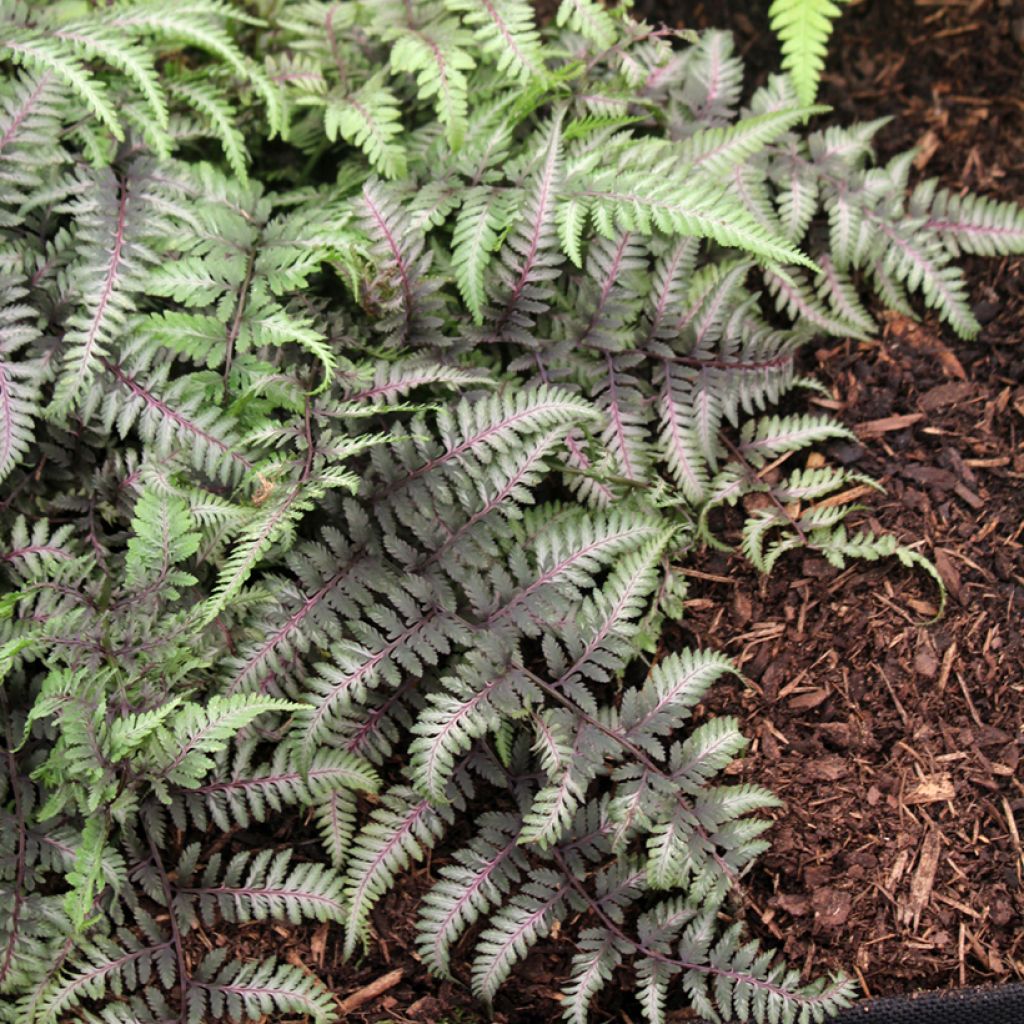

Athyrium niponicum var. pictum Red Beauty - Painted Fern
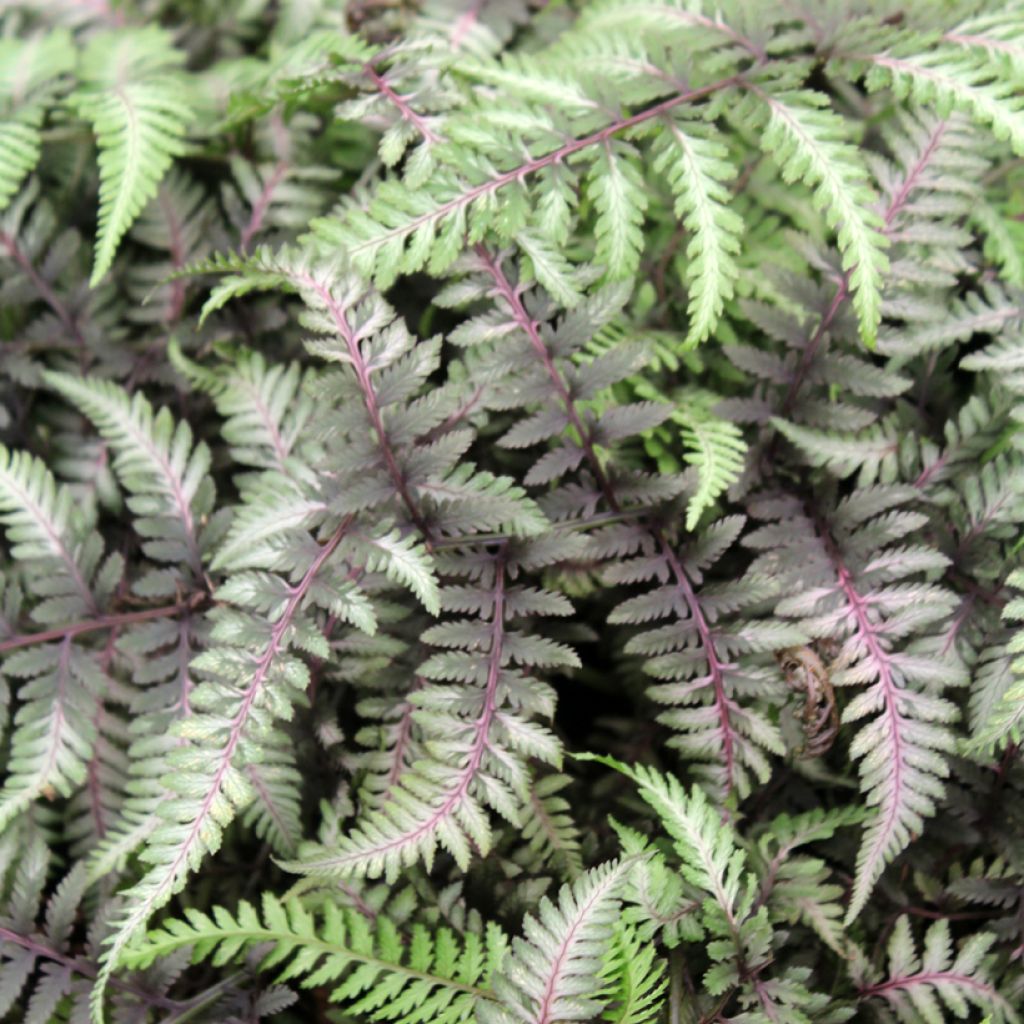

Athyrium niponicum var. pictum Red Beauty - Painted Fern
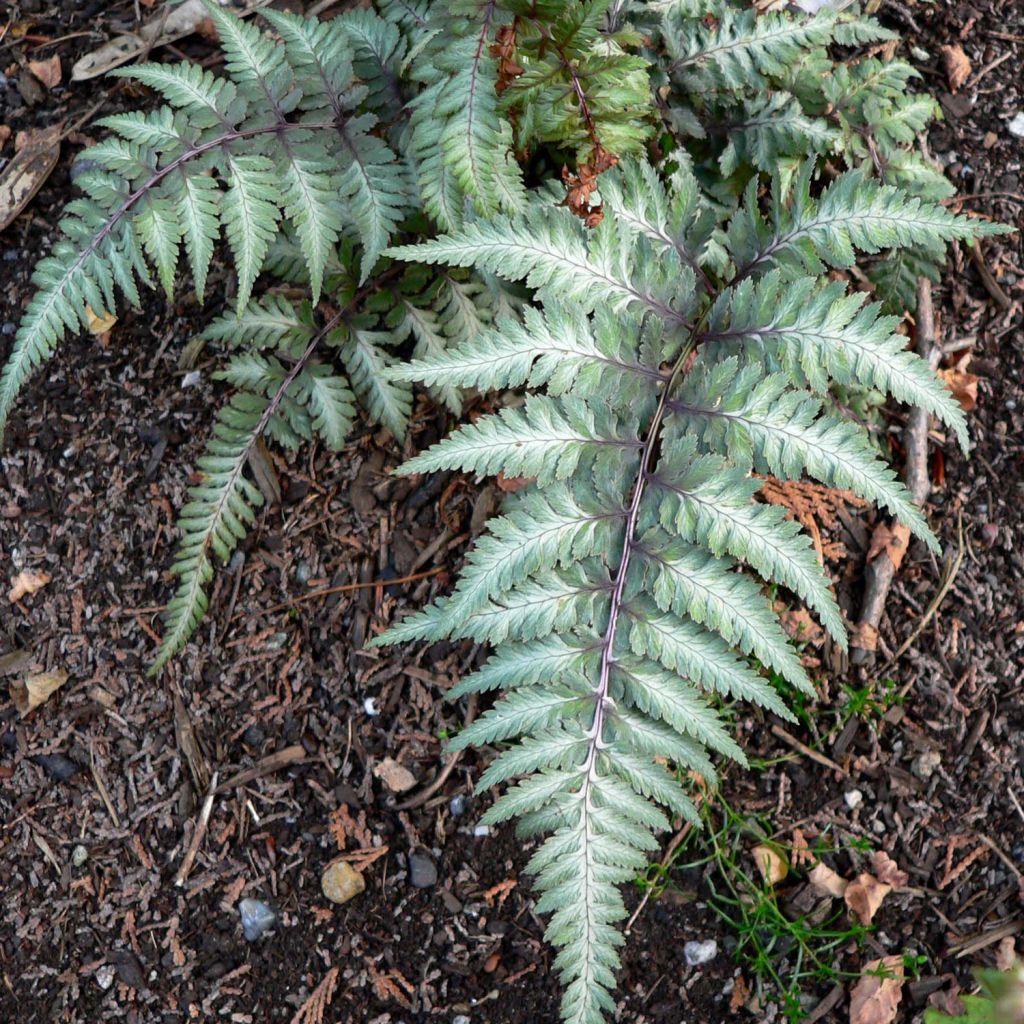

Athyrium niponicum var. pictum Red Beauty - Painted Fern
View more pictures
Hide images

Denise ..

Denise .. • 47 FR
Athyrium niponicum var. pictum Red Beauty - Painted Fern
Athyrium niponicum var. pictum Red Beauty
Japanese Painted Fern
Water received in March... lovely seedling and good growth in soil (mixture of peat soil and compost).
Denise, 25/04/2021
Special offer!
Receive a €20 voucher for any order over €90 (excluding delivery costs, credit notes, and plastic-free options)!
1- Add your favorite plants to your cart.
2- Once you have reached €90, confirm your order (you can even choose the delivery date!).
3- As soon as your order is shipped, you will receive an email containing your voucher code, valid for 3 months (90 days).
Your voucher is unique and can only be used once, for any order with a minimum value of €20, excluding delivery costs.
Can be combined with other current offers, non-divisible and non-refundable.
Home or relay delivery (depending on size and destination)
Schedule delivery date,
and select date in basket
This plant carries a 12 months recovery warranty
More information
We guarantee the quality of our plants for a full growing cycle, and will replace at our expense any plant that fails to recover under normal climatic and planting conditions.
Would this plant suit my garden?
Set up your Plantfit profile →
Description
Athyrium niponicum var. pictum 'Red Beauty', more commonly known as the Lady Fern 'Red Beauty' or the Painted Fern 'Red Beauty', is a beautiful cultivar with very graphic foliage and colours. Its young triangular fronds with reddish reflections take on a silvery green hue, washed and veined with burgundy red. Of medium size, this variety develops into a large spreading clump and can gradually colonise a permanently wet area if the conditions are right. This collector's plant is a gem for surrounding natural ponds or damp woodlands.
The Painted Fern 'Red Beauty' belongs to the Athyriaceae (Dryopteridaceae) family. It is a cultivar that closely resembles the species Athyrium niponicum var.pictum, native to Japan, Taiwan, Korea, and northern China. Generally slow-growing in the garden, this fern will reach a height of 40 cm (16in) with a spread of 45 cm (18in). Once established, it becomes quite sturdy.
Athyrium niponicum 'Red Beauty' forms a clump with a spreading and branching habit from a central point. The young fronds appear painted with a mix of dark red and silver, with metallic reflections. The adult fronds, 25 to 45 cm (10 to 18in) long, are bipinnate, deciduous, pendulous, triangular, and toothed. The rachis (central vein) and stems have a purple hue that slightly spills over onto the pale green fronds, which are widely marked with silver zones. This variety sometimes takes several years to show a truly purple colour. It has a scaly, reddish-brown running rootstock.
Plant 'Red Beauty' Athyrium niponicum in humus-rich, moist to damp, neutral to slightly acidic but well-drained soil. It is primarily a plant for filtered light and moist soil, or partial shade, where it will reach its full potential in very damp woodland or near water. It also thrives in rockeries with rich soil and partial shade, where it can reach impressive dimensions over time. It pairs beautifully with Corydalis, hostas, actaeas, Solomon's seals, lily of the valley, brunneras, and trilliums. It adapts well to cultivation in large pots, in the shade, with regular fertiliser, allowing you to enjoy its refined and luminous foliage up close.
Athyrium niponicum var. pictum Red Beauty - Painted Fern in pictures
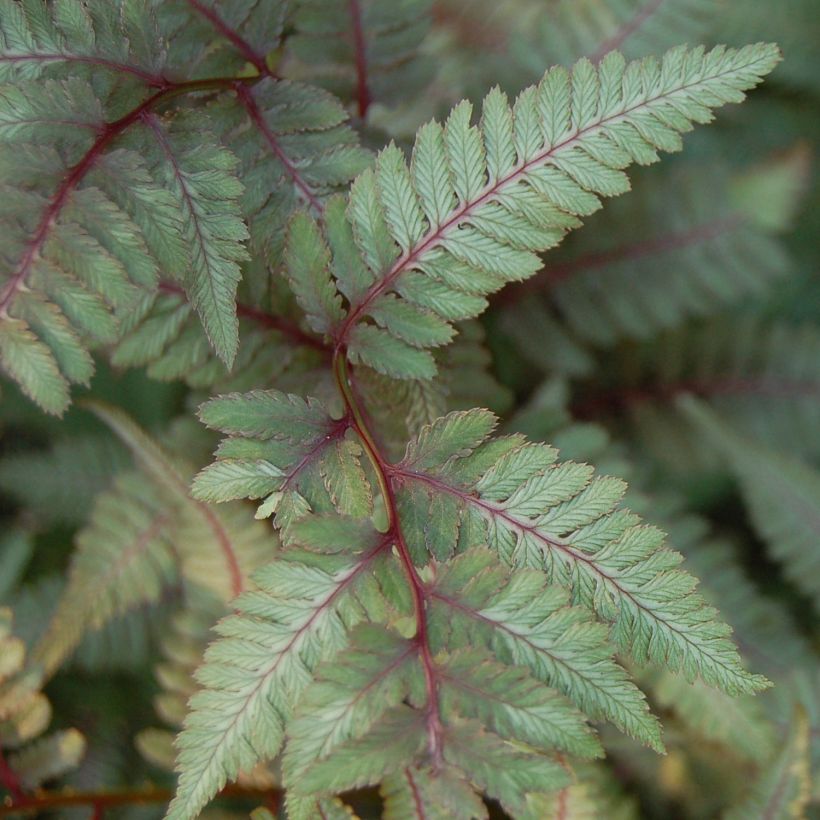

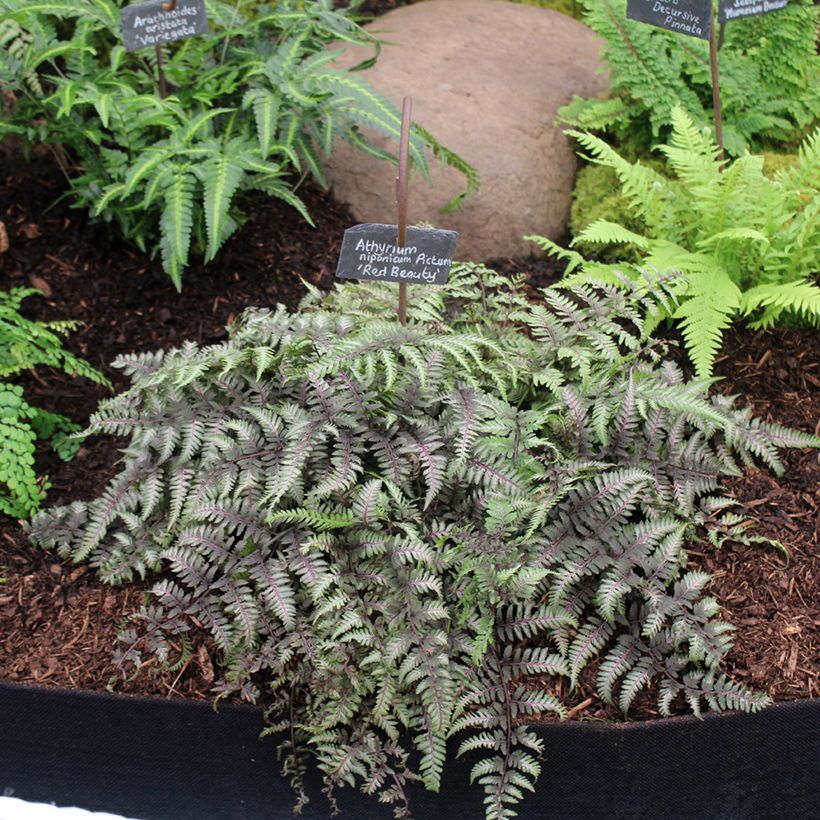

Foliage
Plant habit
Botanical data
Athyrium
niponicum var. pictum
Red Beauty
Athyriaceae
Japanese Painted Fern
Cultivar or hybrid
Other Athyrium
View all →Planting and care
Plant Athyrium niponicum 'Red Beauty' in humus-rich soil, that is moist to fresh, neutral to slightly acidic, but well-drained. The foliage will tend to deteriorate and dry out if the soil becomes too dry. This perennial will thrive in not too dense shade or in a semi-shade. It prefers a sheltered situation away from strong winds. If one wishes to accelerate the growth of this plant, it is essential that it is planted soil that remains moist throughout the season. Its growth will then go from slow to almost fast. The foliage slowly dries out from November onwards, but it should not be cut before the end of March, as it protects the stump. During the first year of cultivation, it is necessary to ensure young plants are watered to help them to establish. This fern may be susceptible to rust.
Planting period
Intended location
Care
Planting & care advice
-
, onOrder confirmed
Reply from on Promesse de fleurs
Similar products
Haven't found what you were looking for?
Hardiness is the lowest winter temperature a plant can endure without suffering serious damage or even dying. However, hardiness is affected by location (a sheltered area, such as a patio), protection (winter cover) and soil type (hardiness is improved by well-drained soil).

Photo Sharing Terms & Conditions
In order to encourage gardeners to interact and share their experiences, Promesse de fleurs offers various media enabling content to be uploaded onto its Site - in particular via the ‘Photo sharing’ module.
The User agrees to refrain from:
- Posting any content that is illegal, prejudicial, insulting, racist, inciteful to hatred, revisionist, contrary to public decency, that infringes on privacy or on the privacy rights of third parties, in particular the publicity rights of persons and goods, intellectual property rights, or the right to privacy.
- Submitting content on behalf of a third party;
- Impersonate the identity of a third party and/or publish any personal information about a third party;
In general, the User undertakes to refrain from any unethical behaviour.
All Content (in particular text, comments, files, images, photos, videos, creative works, etc.), which may be subject to property or intellectual property rights, image or other private rights, shall remain the property of the User, subject to the limited rights granted by the terms of the licence granted by Promesse de fleurs as stated below. Users are at liberty to publish or not to publish such Content on the Site, notably via the ‘Photo Sharing’ facility, and accept that this Content shall be made public and freely accessible, notably on the Internet.
Users further acknowledge, undertake to have ,and guarantee that they hold all necessary rights and permissions to publish such material on the Site, in particular with regard to the legislation in force pertaining to any privacy, property, intellectual property, image, or contractual rights, or rights of any other nature. By publishing such Content on the Site, Users acknowledge accepting full liability as publishers of the Content within the meaning of the law, and grant Promesse de fleurs, free of charge, an inclusive, worldwide licence for the said Content for the entire duration of its publication, including all reproduction, representation, up/downloading, displaying, performing, transmission, and storage rights.
Users also grant permission for their name to be linked to the Content and accept that this link may not always be made available.
By engaging in posting material, Users consent to their Content becoming automatically accessible on the Internet, in particular on other sites and/or blogs and/or web pages of the Promesse de fleurs site, including in particular social pages and the Promesse de fleurs catalogue.
Users may secure the removal of entrusted content free of charge by issuing a simple request via our contact form.
The flowering period indicated on our website applies to countries and regions located in USDA zone 8 (France, the United Kingdom, Ireland, the Netherlands, etc.)
It will vary according to where you live:
- In zones 9 to 10 (Italy, Spain, Greece, etc.), flowering will occur about 2 to 4 weeks earlier.
- In zones 6 to 7 (Germany, Poland, Slovenia, and lower mountainous regions), flowering will be delayed by 2 to 3 weeks.
- In zone 5 (Central Europe, Scandinavia), blooming will be delayed by 3 to 5 weeks.
In temperate climates, pruning of spring-flowering shrubs (forsythia, spireas, etc.) should be done just after flowering.
Pruning of summer-flowering shrubs (Indian Lilac, Perovskia, etc.) can be done in winter or spring.
In cold regions as well as with frost-sensitive plants, avoid pruning too early when severe frosts may still occur.
The planting period indicated on our website applies to countries and regions located in USDA zone 8 (France, United Kingdom, Ireland, Netherlands).
It will vary according to where you live:
- In Mediterranean zones (Marseille, Madrid, Milan, etc.), autumn and winter are the best planting periods.
- In continental zones (Strasbourg, Munich, Vienna, etc.), delay planting by 2 to 3 weeks in spring and bring it forward by 2 to 4 weeks in autumn.
- In mountainous regions (the Alps, Pyrenees, Carpathians, etc.), it is best to plant in late spring (May-June) or late summer (August-September).
The harvesting period indicated on our website applies to countries and regions in USDA zone 8 (France, England, Ireland, the Netherlands).
In colder areas (Scandinavia, Poland, Austria...) fruit and vegetable harvests are likely to be delayed by 3-4 weeks.
In warmer areas (Italy, Spain, Greece, etc.), harvesting will probably take place earlier, depending on weather conditions.
The sowing periods indicated on our website apply to countries and regions within USDA Zone 8 (France, UK, Ireland, Netherlands).
In colder areas (Scandinavia, Poland, Austria...), delay any outdoor sowing by 3-4 weeks, or sow under glass.
In warmer climes (Italy, Spain, Greece, etc.), bring outdoor sowing forward by a few weeks.






























